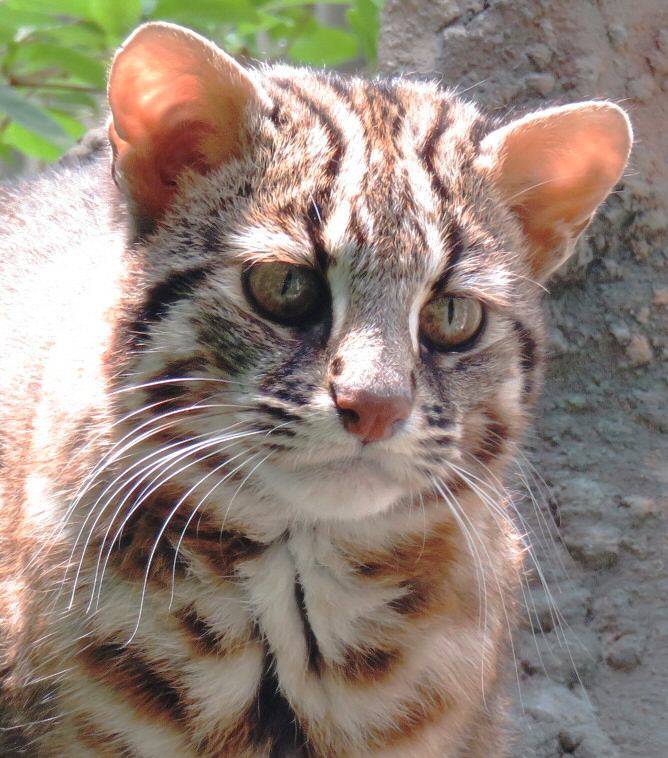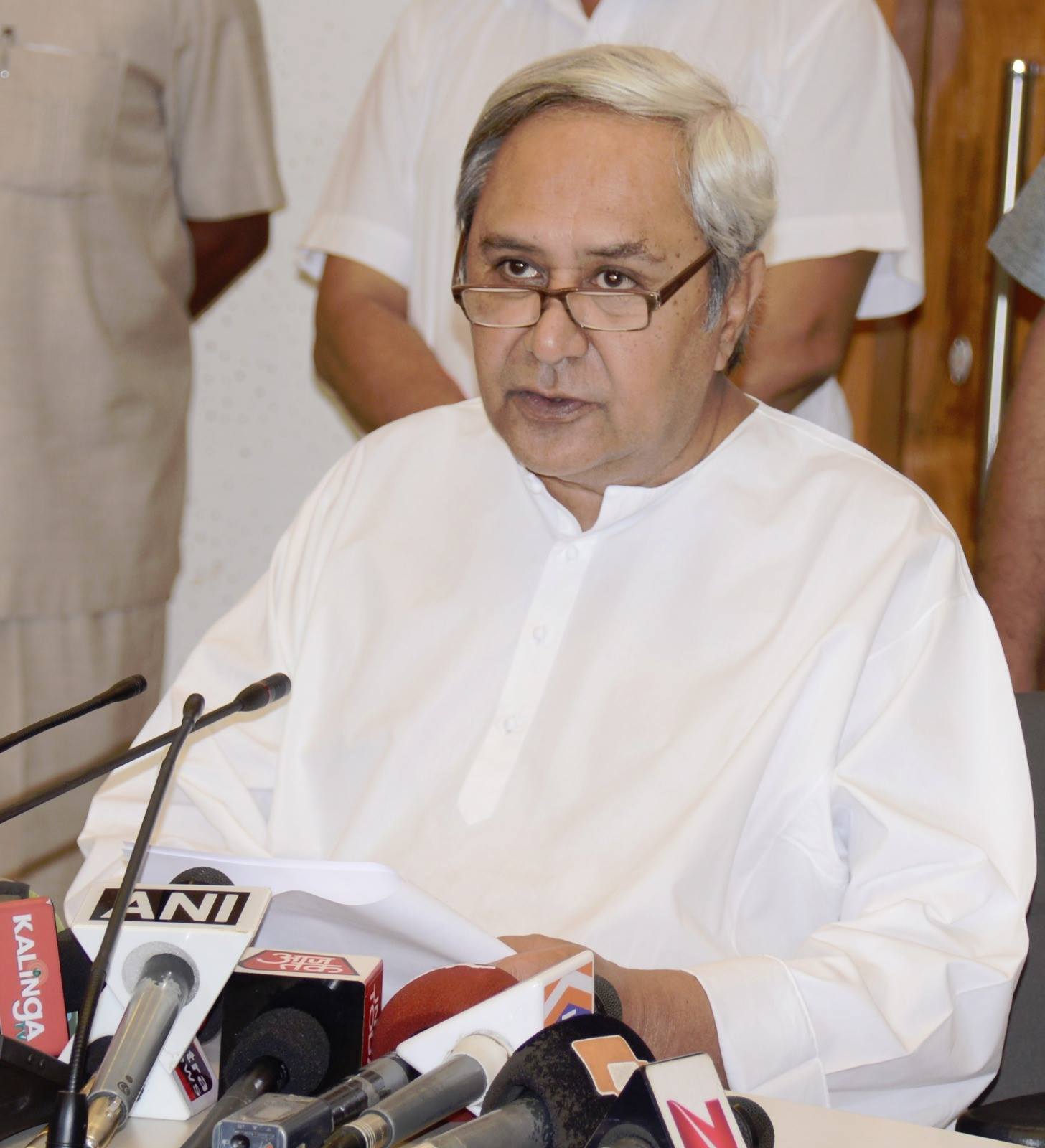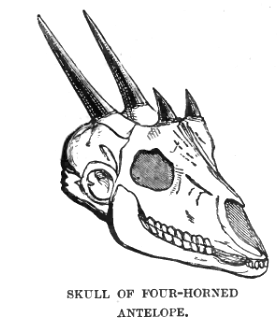|
2021 Simlipal Forest Fires
The 2021 Simplipal forest fires occurred in the Indian state of Odisha in March and April 2021. The fires have affected the ecologically sensitive Simplipal Biosphere Reserve, and caused widespread damage to the local environment as well as property and livelihoods. Background The Simlipal Biosphere Reserve is located in the Indian state of Odisha and encompasses several state and national wildlife parks and sanctuaries, including the Simlipal National Park, the Hadgarh Wildlife Sanctuary and Kuldiha Wildlife Sanctuary, as well as buffer zones of forested areas including the adjoining Nato and Satkoshia Tiger Reserve and forest. The Biosphere was declared as such in 1994 by the Indian Government, and in 2009, UNESCO recognized the Simlipal Biosphere Reserve as part of the World Network of Biosphere Reserves, which are areas designated for balanced relationships between people and nature. Following this, the Regional Plant Resource Centre in Odisha launched a project to identif ... [...More Info...] [...Related Items...] OR: [Wikipedia] [Google] [Baidu] |
Biosphere Reserve
A nature reserve (also known as a wildlife refuge, wildlife sanctuary, biosphere reserve or bioreserve, natural or nature preserve, or nature conservation area) is a protected area of importance for flora, fauna, funga, or features of geological or other special interest, which is reserved and managed for purposes of Conservation (ethic), conservation and to provide special opportunities for study or research. They may be designated by government institutions in some countries, or by private landowners, such as charities and research institutions. Nature reserves fall into different IUCN protected area categories, IUCN categories depending on the level of protection afforded by local laws. Normally it is more strictly protected than a nature park. Various jurisdictions may use other terminology, such as ecological protection area or private protected area in legislation and in official titles of the reserves. History Cultural practices that roughly equate to the establishmen ... [...More Info...] [...Related Items...] OR: [Wikipedia] [Google] [Baidu] |
Leopard Cat
The leopard cat (''Prionailurus bengalensis'') is a Felinae, small wild cat native to continental South Asia, South, Southeast Asia, Southeast, and East Asia. Since 2002 it has been listed as Least Concern on the IUCN Red List as it is widely distributed although threatened by habitat loss and hunting in parts of its range. Historically, the leopard cat of continental Asia was considered the same species as the Sunda leopard cat. As of 2017, the latter is recognised as a distinct species, with the Taxonomy (biology), taxonomic name ''Prionailurus javanensis''. Leopard cat subspecies differ widely in fur colour, tail length, skull shape and size of carnassials. Archaeological evidence indicates that the leopard cat was the first cat species domesticated in Neolithic China about 5,000 years ago in Shaanxi province, Shaanxi and Henan Provinces. Characteristics A leopard cat is about the size of a domestic cat, but more slender, with longer legs and well-defined webs between i ... [...More Info...] [...Related Items...] OR: [Wikipedia] [Google] [Baidu] |
Adivasi
The Adivasi (also transliterated as Adibasi) are heterogeneous tribal groups across the Indian subcontinent. The term is a recent invention from the 20th century and is now widely used as a self-designation by groups classified as Scheduled Tribes by the Indian government. They are officially recognized as " Scheduled Tribes" in India and as " Ethnic Minorities" in Bangladesh. They comprise 8.6% of India's population and 1.1% of Bangladesh's; or 104.2 million in India, according to the 2011 census, and 2 million in Bangladesh according to the 2010 estimate. Claiming to be among the original inhabitants of the Indian subcontinent, many present-day Adivasi communities formed during the flourishing period of the Indus Valley Civilization or after the decline of the IVC, harboring various degrees of ancestry from ancient Dravidians, Indus Valley Civilization, Indo-Aryan, Austroasiatic and Tibeto-Burman language speakers. Adivasi studies is a new scholarly field, ... [...More Info...] [...Related Items...] OR: [Wikipedia] [Google] [Baidu] |
Kalinga Institute Of Social Sciences
Kalinga Institute of Social Sciences (KISS), informally KISS University, is a higher education institute deemed-to-be-university located in Bhubaneswar, Odisha, India. It was established in 1993 as a residential tribal school and became a deemed-to-be-university in 2017. History KISS was founded in 1993 by Achyuta Samanta Achyuta Samanta (born 20 January 1965) is an Indian educationist, social worker, and politician, known for founding the Kalinga Institute of Industrial Technology (KIIT) and the Kalinga Institute of Social Sciences (KISS) in Bhubaneswar, Odish ... as a residential tribal school. In 2017 the institute was awarded the university status. Satya S. Tripathi was appointed chancellor in 2021 and Sasmita Samanta is now appointed Vice Chancellor of the university. In April 2023, speaking at a press conference at Kolkata, Achyuta Samanta said that, In the next three years, we are planning to expand. We will hold talks with the Bengal government soon and we hope ... [...More Info...] [...Related Items...] OR: [Wikipedia] [Google] [Baidu] |
Naveen Patnaik
Naveen Patnaik (; born 16 October 1946) is an Indian politician and writer, who served as the 14th List of Chief Ministers of Odisha, Chief Minister of Odisha from 5 March 2000 to 12 June 2024. His 24-year reign is the List of longest-serving Indian chief ministers, second longest for a chief minister of any Indian state, after Pawan Kumar Chamling of Sikkim. He is the founder & first president of the Biju Janata Dal since 1997. He served as the Union Minister of Steel and Mines from 1998 to 2000 and a member of the Lok Sabha from Aska from 1997 to 2000. Biography Patnaik was born on 16 October 1946 in an aristocratic Karan (caste), Karan family to Biju Patnaik, former List of Chief Ministers of Odisha, Chief Minister of Odisha, and his wife, Gyan Devi. He was educated at the Welham Boys' School in Dehradun, The Lawrence School, Sanawar and later The Doon School. At Doon, he was a classmate of Sanjay Gandhi and three years junior to Rajiv Gandhi, who later became prime minister ... [...More Info...] [...Related Items...] OR: [Wikipedia] [Google] [Baidu] |
Odisha TV
Odisha TV or OTV () is an Odia Indian Cable Television station. It is owned by the Bhubaneswar-based Odisha Television Network. It was started and promoted by Jagi Mangat Panda. Odisha Television (OTV) is the first private Electronic Media in the state of Odisha. Launched in 1997 in the twin cities of Bhubaneswar and Cuttack, the channel slowly spread to all major towns of the state. It was converted from cable to a satellite channel in December 2006. List of programmes Most programmes of OTV are news based. It also has programmes related to art and culture, tourism, business, food and festivals. Some of its programmes include the following. *''Aagyan Mind Kale Ki'' *''Atma Pretatma Paramatma'' *''Gapa Saap'' *''Roga Pain Yoga'' *''The Great Odisha Political Circus'' *''Jibana Do Chakire Ashara Alok'' *''Janamancha'' *''E-News'' - Pupul Bhuyan Pupul Bhuyan () is an Indian actress, television presenter, and model who has mostly appeared in Odia films, telefilms, daily sho ... [...More Info...] [...Related Items...] OR: [Wikipedia] [Google] [Baidu] |
India Today
''India Today'' is a weekly Indian English-language news magazine published by Living Media, Living Media India Limited. It is the most widely circulated magazine in India, with a readership of close to 8 million. In 2014, ''India Today'' launched a new online opinion-orientated site called the ''DailyO''. History ''India Today'' was established in 1975 by Vidya Vilas Purie (owner of Thompson Press), with his daughter Madhu Trehan as its editor and his son Aroon Purie as its publisher.Bhandare, Namita"70's: The decade of innocence".''Hindustan Times''. Retrieved 29 July 2012. At present, ''India Today'' is also published in Hindi, Tamil language, Tamil, Malayalam and Telugu language, Telugu. The India Today (TV channel), India Today news channel was launched on 22 May 2015. In October 2017, Aroon Purie passed control of the India Today Group to his daughter, Kallie Purie. On 25 March 2024, Gulf News announced their recent partnership extablished between the platforms, stating ... [...More Info...] [...Related Items...] OR: [Wikipedia] [Google] [Baidu] |
Forest Survey Of India
Forest Survey of India (FSI), founded in June 1981 and headquartered at Dehradun in Uttarakhand, is the Government of India Ministry of Environment, Forest and Climate Change organisation which conducts forest surveys, studies and researches to periodically monitor the changing situations of land and forest resources and present the data for national planning, conservation and sustainable management of environmental protection as well as for the implementation of social forestry projects.Kailash Chandra Bebarta, 2007Forest Planning at Landscape Level: A Case Study of Working PlanProdyut Bhattacharya, 2017Redefining Forestry for Effective Livelihoods History Founded in 1981, Forest Survey of India is the successor of "Preinvestment Survey of Forest Resources" (PISFR), a project initiated in 1965 by the government of India with the sponsorship of Food and Agriculture Organization (FAO) and United Nations Development Programme (UNDP). In its report in 1976, the National Commi ... [...More Info...] [...Related Items...] OR: [Wikipedia] [Google] [Baidu] |
Mankidia
The Mankidia (also known as Mankadia, Mankidi, Mankirdia) are a nomadic ethnic group of India that live in Odisha. Mankidias mostly live in the Mayurbhanj, Sambalpur, Kalahandi and Sundergarh districts. According to the 2011 census, the population of Mankidia was 2,222. They are classified as a Scheduled Tribe by the Indian government. Origins The Mankidia are an ethnic offshoot of the Birhor tribe. They specialize in catching monkeys (called ''mankada'' in Odia), hence their name was derived from the name that neighboring tribes called them. People believe that their origin is from Chota Nagpur Plateau. They might have migrated to different parts of Odisha and finally settled in the hilly areas. Culture The Mankidia are a semi-nomadic hunter/gatherer community. Traditionally skilled in rope making, catching, and hunting of monkeys, they are often employed by local people to drive away invasive monkeys in rural areas. They move around forests in small bands and stay at di ... [...More Info...] [...Related Items...] OR: [Wikipedia] [Google] [Baidu] |
Kharia People
The Kharia are an Austroasiatic tribal ethnic group from east-central India. They speak the Kharia language, which belongs to Munda branch of Austroasiatic languages. They are sub-divided into three groups known as the Hill Kharia, Delki Kharia and the Dudh Kharia. Among them, the Dudh Kharia is the most educated community. History According to linguist Paul Sidwell, Munda languages arrived on the coast of Odisha from Southeast Asia about 4000–3500 years ago. The Austroasiatic language speaker spread from Southeast Asia and mixed extensively with local Indian populations. Social divisions The Kharia comprise three tribes, the Dudh Kharia, Dhelki Kharia, and Hill Kharia. The first two speak an Austroasiatic language, Kharia, but the Hill Kharia have switched to an Indo-Aryan language, Kharia Thar. There has not been any language development efforts made for Kharia Tar. The Dudh Kharia and Dhelki Kharia formed together one compact tribe. These Kharia people were at ... [...More Info...] [...Related Items...] OR: [Wikipedia] [Google] [Baidu] |
Project Tiger
Project Tiger is a wildlife conservation movement initiated in India to protect the endangered tiger. The project was initiated in 1973 by the Ministry of Environment, Forest and Climate Change of the Government of India. As of March 2025, there are 58 protected areas that have been designated as tiger reserves under the project. As of 2023, there were 3,682 wild tigers in India, which is almost 75% of the world's wild tiger population. History and objectives Project Tiger was initiated in 1973 by the Ministry of Environment, Forest and Climate Change of the Government of India. The project was initiated to protect the Bengal Tiger and its habitats and to establish dedicated tiger reserves for sustaining tiger populations. As per the section 38 of the Wild Life (Protection) Act, 1972, the state governments are responsible for preparing a Tiger Conservation Plan which includes planning and management of notified areas and maintaining the requisite competent staff to ensure th ... [...More Info...] [...Related Items...] OR: [Wikipedia] [Google] [Baidu] |
Four-horned Antelope
The four-horned antelope (''Tetracerus quadricornis''), also called ''chousingha'', is a small bovid antelope native to central, South and Western India, along with a smaller population in Nepal. The sole member of the genus ''Tetracerus'', the chousingha was first scientifically described in 1816 by French zoologist Henri Marie Ducrotay de Blainville. Three regional subspecies are currently recognised. The four-horned antelope has a yellowish-tan, sometimes reddish or goldenrod coat. It is slender with thin legs and a short tail. It stands nearly at the shoulder and weighs about . Its four horns are unique among antelopes and distinguish it from most other bovids. The longer pair of straight, spike-like horns is atop its head between the ears, while the other, shorter pair is on the forehead; its posterior horns are always longer than the anterior horns, which may even present as merely fur-covered "studs". While the posterior horns measure , the anterior ones are usually ... [...More Info...] [...Related Items...] OR: [Wikipedia] [Google] [Baidu] |






